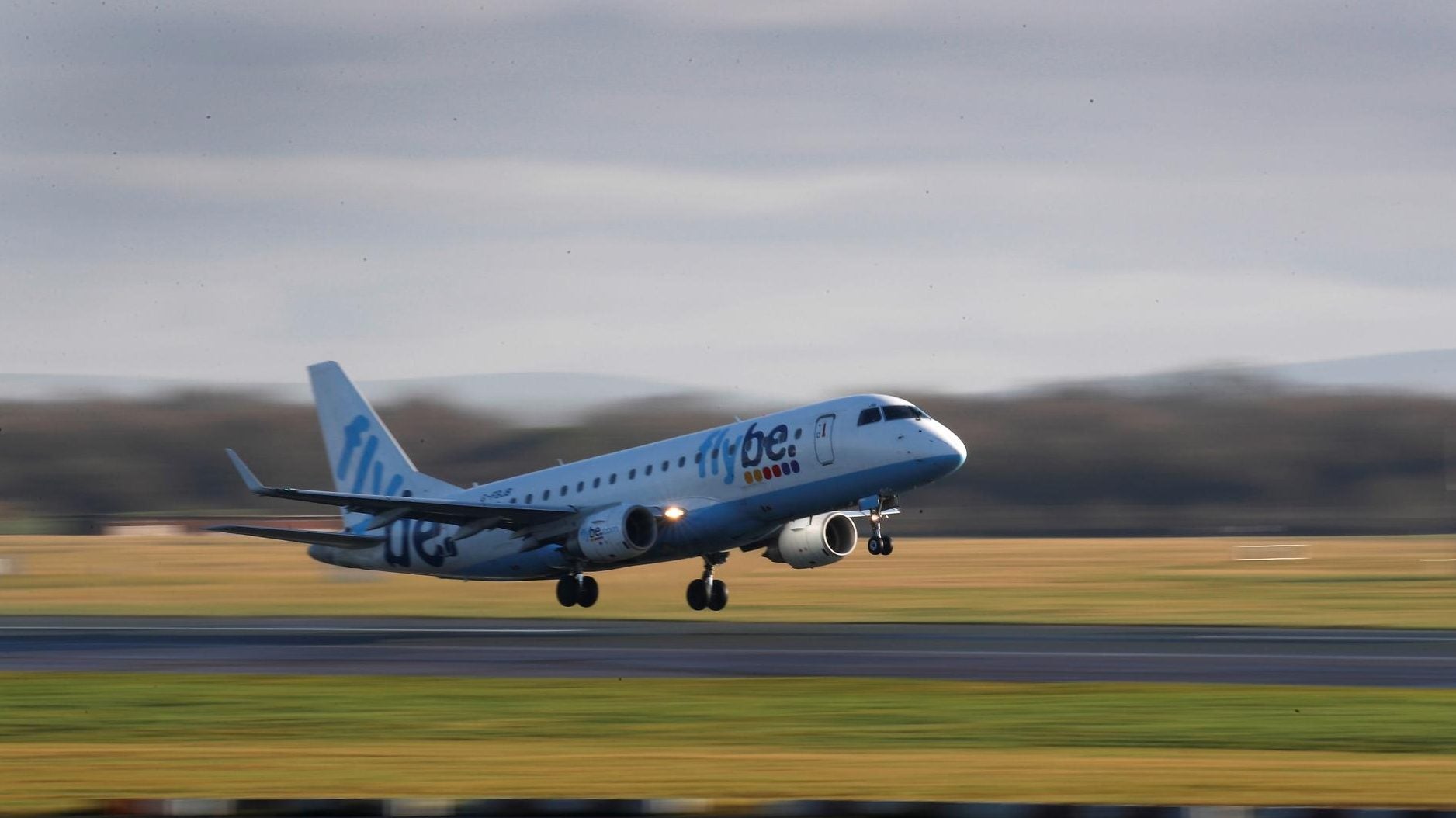It could take 8,000 cargo plane loads to ship Covid-19 vaccines around the world
A successful coronavirus vaccine is no good to anyone sitting in a lab. The next phase: sending shots around the world and into the arms of the global population.


A successful coronavirus vaccine is no good to anyone sitting in a lab. The next phase: sending shots around the world and into the arms of the global population.
The unprecedented logistical challenge of delivering more than 15 billion Covid-19 vaccines will be made even harder by the drop in passenger flights as people stay home during coronavirus.
Typically, around 50% of cargo worldwide is transported in the bellies of passenger planes, according to International Air Transport Association (IATA). Those routes must run smoothly to successfully transport vaccines around the world.
“Because of Covid-19, nobody’s traveling and as a result, passenger travel is down 85% year over year,” says Neel Jones Shah, global head of air carrier relationships at global freight forwarder Flexport. “That’s a significant concern.”
The lack of planes themselves isn’t necessarily a huge obstacle, as many governments have emergency powers to use commercial planes. In the US, for example, the government could redirect empty passenger planes to transport vaccines under the Civil Reserve Air Fleet.
But when passenger planes don’t fly, their support networks dissipate. “Airports aren’t up and ready to move,” says Andrea Gruber, head of special cargo at IATA. “It will take time to get the global fleet up running.” Planes require maintenance, pilots, and ground staff to run efficiently.
Vaccines have to be transported at controlled temperatures, so loading and unloading this precious cargo is a delicate operation. “You need enough experienced people moving the cargo on the ground,” says Jones Shah.
The speed of developing a coronavirus vaccine also creates challenges. “Because we’re developing the vaccines so quickly, pharmaceutical companies are not going to have the time to know how long the vaccine is stable,” says Jones Shah. Vaccines deteriorate at different rates, and usually shippers have clear information about how long a vaccine can be stored and at what temperature. But as a coronavirus vaccine will likely be transported immediately after approval, there will be limited information about its stability, creating added time pressure.
The temperature of transport will also have to be extremely precise, says Gruber. Long-term stability studies determine if drugs can withstand small temperature fluctuations on long journeys. Without this information, the first coronavirus vaccines will likely have to be transported within a very narrow temperature range. The requirements will depend on the vaccine—some are packaged using dry ice, for example, which comes under dangerous goods regulations—making experienced staff essential.
Many other details will be determined once a vaccine is approved. If a successful coronavirus vaccine requires two shots, an estimated 8,000 planes would be necessary to airlift vaccines to half the world’s population, according to calculations by Julian Sutch, head of Emirates SkyCargo’s pharmaceutical division. But some vaccines, such as for hepatitis B, require three shots. “Are we talking an amount that will have to be duplicated? We’re working in the unknown while preparing for a number of different capacities,” says Gruber.
Whatever vaccines are approved, Jones Shah says there will likely be equipment shortfalls. “Do we need fleets of refrigerated trucks? How many shipping containers do we need?” he says. “We don’t have enough of anything to do this well.” Airlines, governments, and freight companies will have to find new ways of operating to expand their capacity at such speed. “This is a challenge that we have not faced,” says Jones Shah.